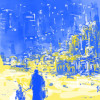


Inedéditions.
Sound Archives, European Memories of the Gulag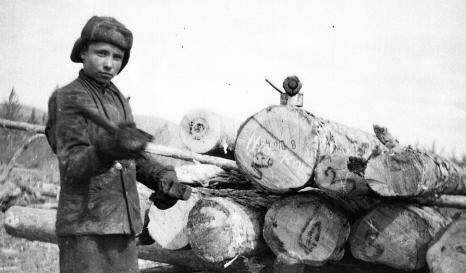
Back
Description:
- Title: Growing up in the Gulag
- Author(s): Inconnu
- Date: Inconnue
- Collection:
- Source: Sound Archives - European Memories of the Gulag
- Collection conditions: Child working in the forest (Photograph, Anonymous, Undated). Source: Museum of Occupations and Freedom Fights.
- Licence: Media subject to copyright.
- Localisation: Inconnue
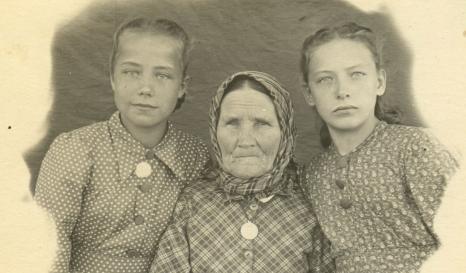
Back
Description:
- Title: Growing up in the Gulag
- Author(s): Inconnu
- Date: Inconnue
- Collection:
- Source: Sound Archives - European Memories of the Gulag
- Collection conditions: Irina Tarnavska (right) in deportation with her sister and grandmother (Photograph, Anonymous, 1951). Source: Irina Tarnavska's Personal archive.
- Licence: Media subject to copyright.
- Localisation: Inconnue
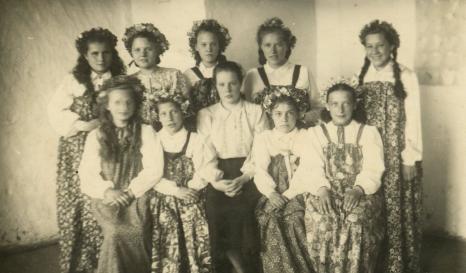
Back
Description:
- Title: Growing up in the Gulag
- Author(s): Inconnu
- Date: Inconnue
- Collection:
- Source: Sound Archives - European Memories of the Gulag
- Collection conditions: Irina Tarnavska (below right) in deportation (Photograph, Anonymous, 1951). Source: Irina Tarnavska's Personal archive.
- Licence: Media subject to copyright.
- Localisation: Inconnue
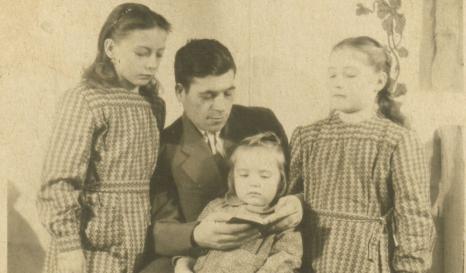
Back
Description:
- Title: Growing up in the Gulag
- Author(s): Inconnu
- Date: Inconnue
- Collection:
- Source: Sound Archives - European Memories of the Gulag
- Collection conditions: Irina Tarnavska (left) with her father and sisters in Siberia (Photograph, Anonymous, 1951). Source: Irina Tarnavska's Personal archive.
- Licence: Media subject to copyright.
- Localisation: Inconnue
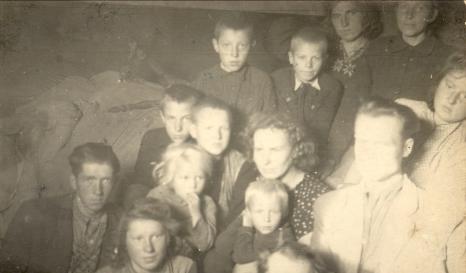
Back
Description:
- Title: Growing up in the Gulag
- Author(s): Inconnu
- Date: Inconnue
- Collection:
- Source: Sound Archives - European Memories of the Gulag
- Collection conditions: Families of resettlers in the wagon taking them to the Krasnoyarsk region in Siberia (Photograph, Anonymous, 1951). Source: Museum of Occupations and Freedom Fights.
- Licence: Media subject to copyright.
- Localisation: Inconnue
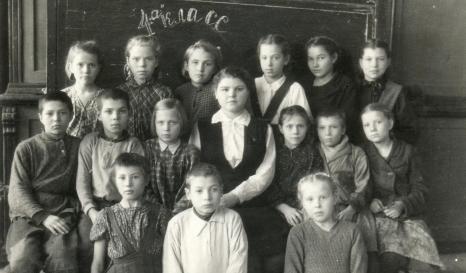
Back
Description:
- Title: Growing up in the Gulag
- Author(s): Inconnu
- Date: Inconnue
- Collection:
- Source: Sound Archives - European Memories of the Gulag
- Collection conditions: Siiri Raitar (top right), in her class in Siberia (Photograph, Anonymous, 1951). Source: Siiri Raitar's Personal archive.
- Licence: Media subject to copyright.
- Localisation: Inconnue
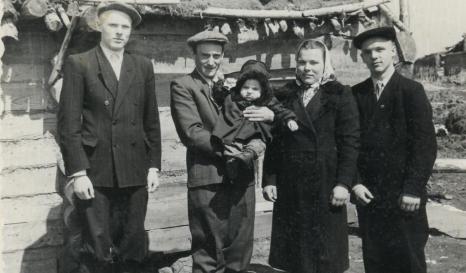
Back
Description:
- Title: Growing up in the Gulag
- Author(s): Inconnu
- Date: Inconnue
- Collection:
- Source: Sound Archives - European Memories of the Gulag
- Collection conditions: An Estonian family in Siberia (Photograph, Anonymous, 1949-1955). Source: Siiri Raitar's Personal archive.
- Licence: Media subject to copyright.
- Localisation: Inconnue
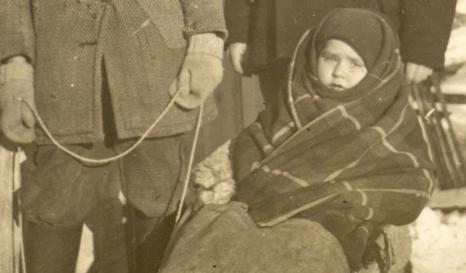
Back
Description:
- Title: Growing up in the Gulag
- Author(s): Inconnu
- Date: Inconnue
- Collection:
- Source: Sound Archives - European Memories of the Gulag
- Collection conditions: A family of resettlers (Photograph, Anonymous, 1952). Source: Museum of Occupations and Freedom Fights.
- Licence: Media subject to copyright.
- Localisation: Inconnue
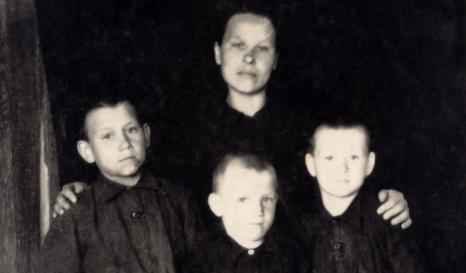
Back
Description:
- Title: Growing up in the Gulag
- Author(s): Inconnu
- Date: Inconnue
- Collection:
- Source: Sound Archives - European Memories of the Gulag
- Collection conditions: Family of a Lithuanian resistance fighter resettled in the Irkutsk region in Siberia (Photograph, Anonymous, 1949). Source: Museum of Occupations and Freedom Fights.
- Licence: Media subject to copyright.
- Localisation: Inconnue
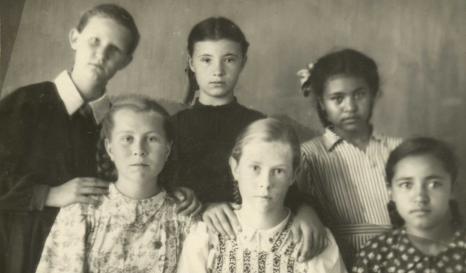
Back
Description:
- Title: Growing up in the Gulag
- Author(s): Inconnu
- Date: Inconnue
- Collection:
- Source: Sound Archives - European Memories of the Gulag
- Collection conditions: Juliana Zarchi (centre) at school in Tajikistan (Photograph, Anonymous, circa 1950). Source: Juliana Zarchi's Personal archive.
- Licence: Media subject to copyright.
- Localisation: Inconnue
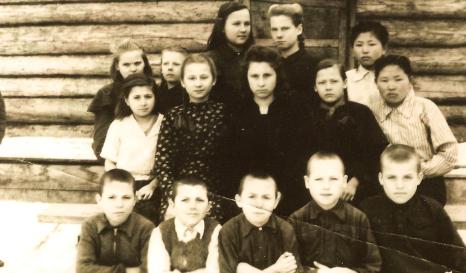
Back
Description:
- Title: Growing up in the Gulag
- Author(s): Inconnu
- Date: Inconnue
- Collection:
- Source: Sound Archives - European Memories of the Gulag
- Collection conditions: Pupils at Khara Koutoul school, Autonomous Republic of Buryatia (Photograph, Anonymous, 1954). Source: Rimgaudas Ruzgys's Personal archive.
- Licence: Media subject to copyright.
- Localisation: Inconnue
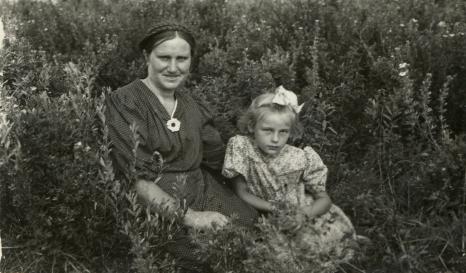
Back
Description:
- Title: Growing up in the Gulag
- Author(s): Inconnu
- Date: Inconnue
- Collection:
- Source: Sound Archives - European Memories of the Gulag
- Collection conditions: Rimgaudas Ruzgys’s mother and sister Regina (Photograph, Anonymous, 1953). Source: Rimgaudas Ruzgys's Personal archive.
- Licence: Media subject to copyright.
- Localisation: Inconnue
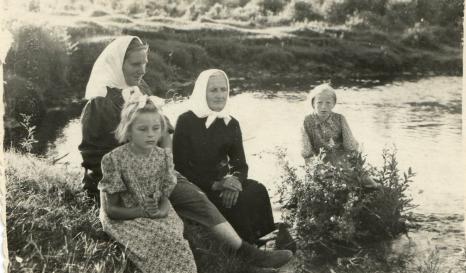
Back
Description:
- Title: Growing up in the Gulag
- Author(s): Inconnu
- Date: Inconnue
- Collection:
- Source: Sound Archives - European Memories of the Gulag
- Collection conditions: Rimgaudas Ruzgys’s mother and sister with friends (Photograph, Anonymous, 1953-1956). Source: Rimgaudas Ruzgys's Personal archive.
- Licence: Media subject to copyright.
- Localisation: Inconnue
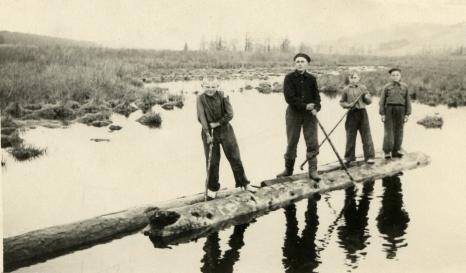
Back
Description:
- Title: Growing up in the Gulag
- Author(s): Inconnu
- Date: Inconnue
- Collection:
- Source: Sound Archives - European Memories of the Gulag
- Collection conditions: Rimgaudas Ruzgys with children using tree-trunks to cross swamps (Photograph, Anonymous, 1955). Source: Rimgaudas Ruzgys's Personal archive.
- Licence: Media subject to copyright.
- Localisation: Inconnue
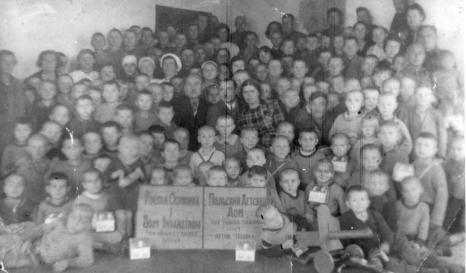
Back
Description:
- Title: Growing up in the Gulag
- Author(s): Inconnu
- Date: Inconnue
- Collection:
- Source: Sound Archives - European Memories of the Gulag
- Collection conditions: An orphanage for Polish children (Photograph, Anonymous, circa 1943). Source: Janina Borysewicz's Personal archive.
- Licence: Media subject to copyright.
- Localisation: Inconnue
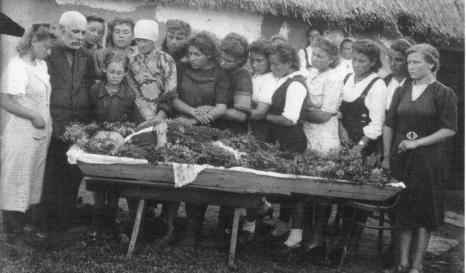
Back
Description:
- Title: Growing up in the Gulag
- Author(s): Inconnu
- Date: Inconnue
- Collection:
- Source: Sound Archives - European Memories of the Gulag
- Collection conditions: Funeral of Danuta Woyciechwska’s sister in Kazakhstan (Photograph, Anonymous, 1940-1944). Source: Danuta Wojciechowska's Personal archive.
- Licence: Media subject to copyright.
- Localisation: Inconnue
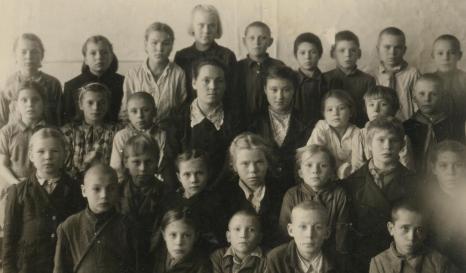
Back
Description:
- Title: Growing up in the Gulag
- Author(s): Inconnu
- Date: Inconnue
- Collection:
- Source: Sound Archives - European Memories of the Gulag
- Collection conditions: Siiri Raitar (top, 2nd left), first year at school in Siberia (Photograph, Anonymous, 1949-1950). Source: Siiri Raitar's Personal archive.
- Licence: Media subject to copyright.
- Localisation: Inconnue
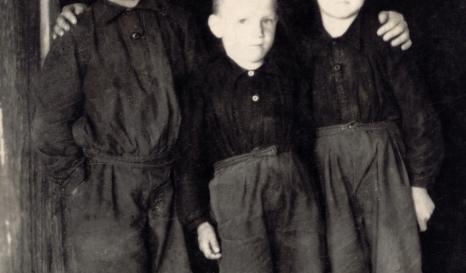
Back
Description:
- Title: Growing up in the Gulag
- Author(s): Inconnu
- Date: Inconnue
- Collection:
- Source: Sound Archives - European Memories of the Gulag
- Collection conditions: Family of a Lithuanian resistance fighter resettled in the Irkutsk region in Siberia (Photograph, Anonymous, 1950). Source: Museum of Occupations and Freedom Fights.
- Licence: Media subject to copyright.
- Localisation: Inconnue

